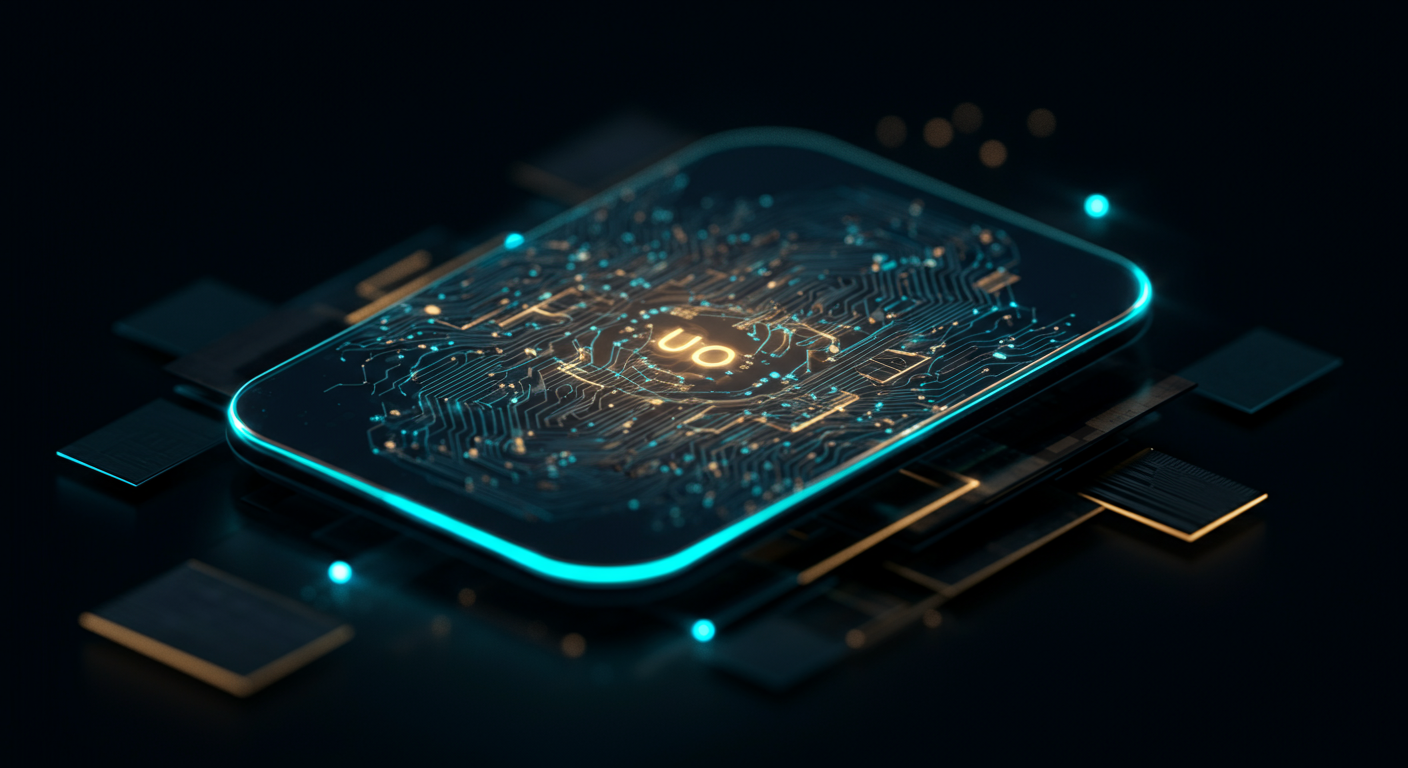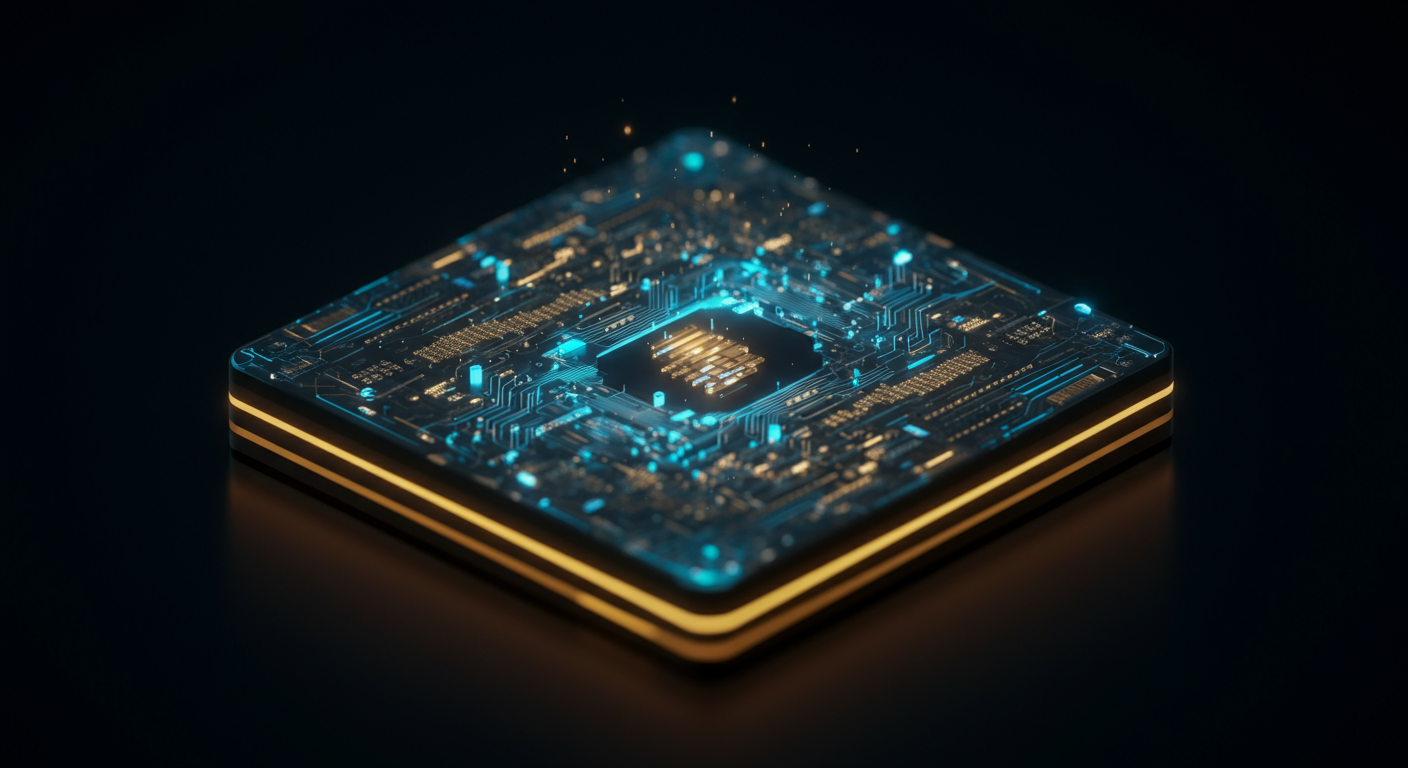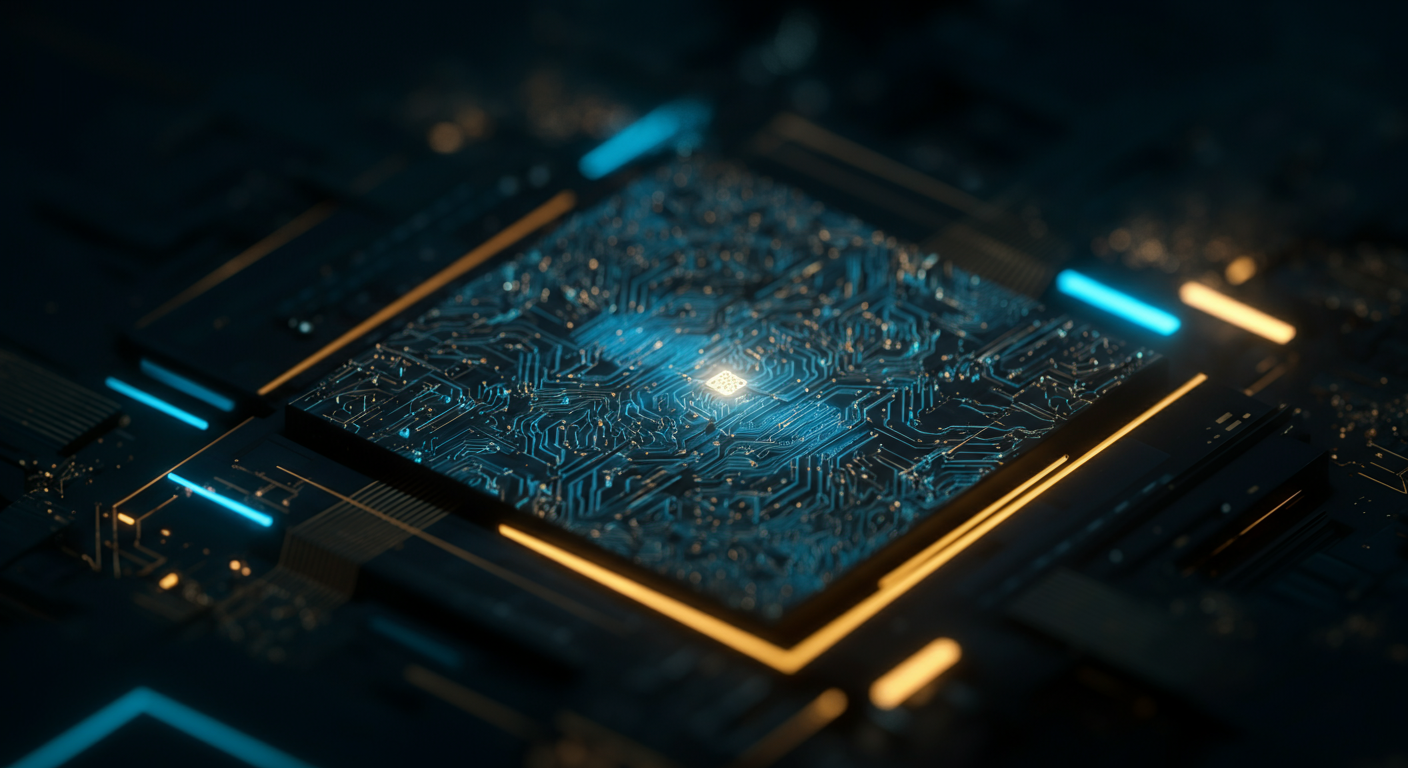Physical AI: Where Robotics, Materials, and Intelligence Converge
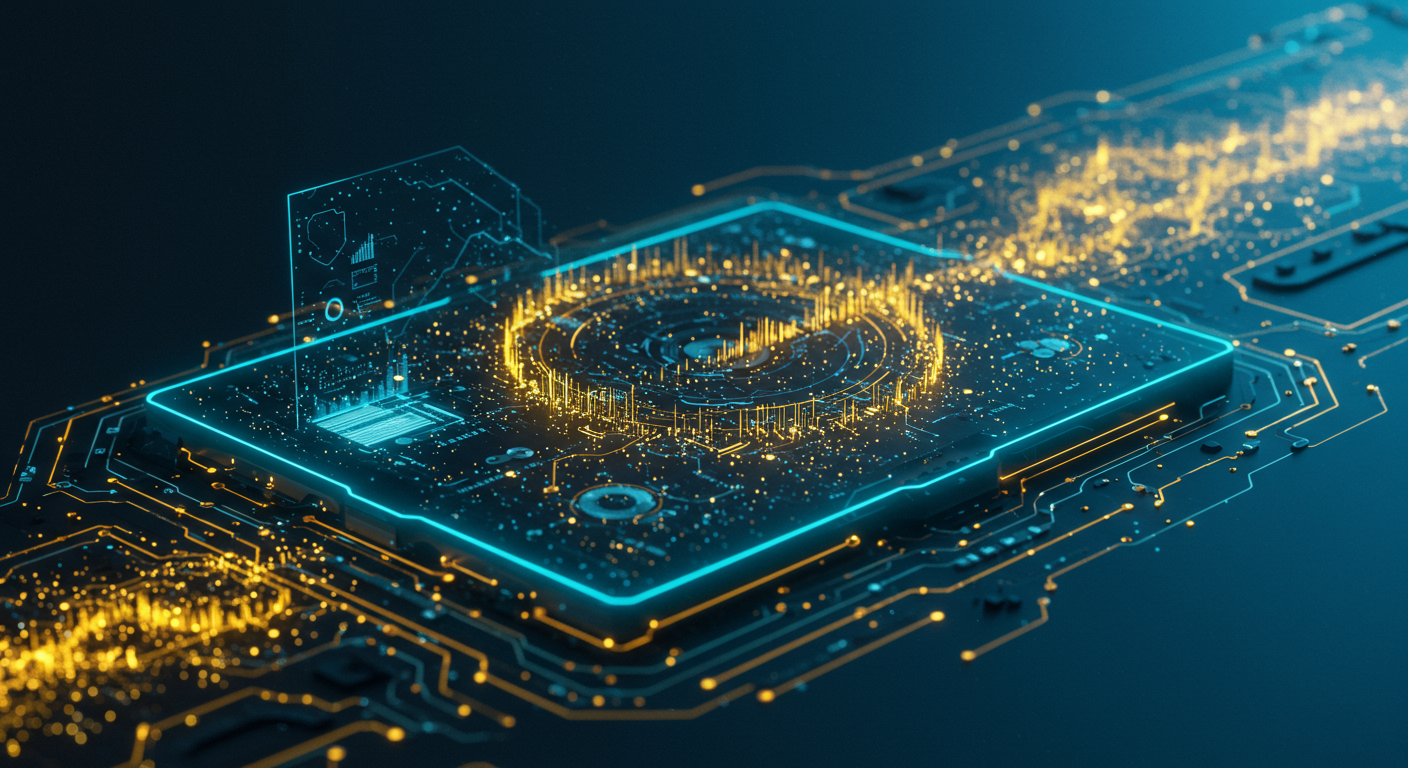
Decoding Physical AI: Beyond the Algorithm
Forget disembodied algorithms; Physical AI is about intelligence you can touch.
Defining Embodied Intelligence
Physical AI isn't just about robots following pre-programmed paths. It's about creating systems that:- Embody intelligence: They exist physically, not just virtually. Think robots, smart devices, and advanced prosthetics.
- Interact with the real world: They sense, learn, and adapt within physical environments.
- Solve complex problems in unpredictable situations.
How It Differs from Traditional AI & Robotics
Think of traditional AI as the "brain," and robotics as the "muscles." Physical AI is the whole organism, combining both with intelligent materials. In short:| Feature | Traditional AI | Robotics | Physical AI |
|---|---|---|---|
| Embodiment | Virtual | Physical but often static | Physical and dynamic |
| Interaction | Limited to data | Pre-programmed actions | Adaptive, real-world sensing |
| Intelligence | Algorithmic processing | Limited decision-making | Machine learning, adaptation |
The Core Components
Physical AI brings together several cutting-edge fields:- AI models: For perception, decision-making, and learning. Services like Google Cloud Vertex AI allow developers to train and deploy these models. Google Cloud Vertex AI is a unified machine learning platform.
- Robotic systems: Including sensors, actuators, and control systems for interacting with the environment.
- Advanced materials: Smart materials that can change shape, rigidity, or other properties in response to stimuli, enabling more sophisticated interactions.
Why Now? The Perfect Storm
The emergence of Physical AI is driven by a confluence of advancements:- Increased processing power: Enables complex AI models to run in real-time on embedded systems.
- Materials science breakthroughs: Provide materials with sensing, actuation, and adaptive capabilities.
- Advanced AI algorithms: Enhance perception, planning, and learning in dynamic environments.
Physical AI is no longer science fiction; it's a reality where intelligent systems inhabit and interact with the physical world.
The Triad: Robotics, Material Science, and AI – A Symbiotic Relationship
Imagine a robot that doesn't just follow pre-programmed instructions, but truly understands its environment and adapts on the fly, that's the vision of Physical AI. This is achieved through the convergence of three critical fields: robotics, material science, and AI.
Robotics as the Body
Robotics provides the physical structure and means of movement for AI systems. It’s the hardware that executes decisions made by the AI. For example, consider a self-driving car; the robotics components handle steering, acceleration, and braking based on the AI's perception and planning.Material Science as the Skin and Bones
Advanced materials are no longer passive components; they're active participants in Physical AI.- Sensing: Materials with integrated sensors allow robots to "feel" their environment, detecting pressure, temperature, or even chemical changes.
- Adaptation: Shape-memory alloys enable robots to morph their form, navigating tight spaces or adapting to changing terrains.
- Interaction: Self-healing polymers can repair damage, extending the lifespan of robots operating in harsh conditions. This synergy can foster innovations such as soft robotics.
AI as the Brain
AI algorithms provide the intelligence that drives these systems.AI enables robots to: * Perceive the world through computer vision and sensor data fusion. * Reason about complex situations and make decisions. * Actuate movements and manipulate objects with precision.
Synergistic Relationships
The true magic happens when these fields work together:- AI-driven Material Discovery: AI algorithms can accelerate the design and discovery of novel materials with specific properties, like high strength-to-weight ratios or self-healing capabilities. Consider how AI is used in Scientific Research.
- Soft Robotics: Combining flexible materials with AI control allows for the creation of robots that can navigate delicate environments, such as the human body.
Physical AI is no longer science fiction; it's the tangible intersection of intelligent algorithms and real-world action.
Applications That Bend Reality: Current and Near-Future Use Cases
Physical AI is rapidly changing how we interact with the world, blurring the lines between the digital and physical realms. Here's a glimpse into its impact across various sectors:
Healthcare
- Surgical Robots: Companies like Intuitive Surgical are pioneering robotic systems that enhance surgical precision, reduce invasiveness, and improve patient outcomes. Physical AI in healthcare also powers advancements in prosthetics, creating smarter, more responsive limbs.
- Personalized Medicine: AI analyzes patient data to tailor treatments, predicting drug responses and optimizing dosages. For example, Heidi Health uses AI to help women navigate menopause with personalised care.
Manufacturing
- Autonomous Assembly Lines: "Lights-out" factories powered by AI and robotics are becoming a reality, optimizing production, reducing waste, and increasing efficiency. These automated systems can perform complex tasks with minimal human intervention.
- Quality Control: AI-powered visual inspection systems identify defects in real-time, ensuring product quality and minimizing errors.
Agriculture
- Precision Farming: Physical AI in agriculture is transforming crop management with AI-driven drones and robots monitoring crop health, optimizing irrigation, and precisely applying fertilizers. PLNTNet helps identify plants with image recognition to help users learn about nature.
- Automated Harvesting: Robots equipped with computer vision and AI algorithms can identify and harvest ripe crops, addressing labor shortages and improving efficiency.
Exploration
- Space Exploration: Embodied AI is crucial for navigating and exploring extraterrestrial environments. Robots like NASA's Perseverance rover use AI for autonomous navigation and scientific data collection on Mars.
- Deep-Sea Exploration: Autonomous underwater vehicles (AUVs) equipped with AI explore the ocean depths, mapping the seafloor and collecting data in environments too dangerous for humans.
Logistics
- Autonomous Delivery Systems: From self-driving trucks to delivery drones, AI-powered autonomous systems are revolutionizing the logistics industry. Companies like Starship Technologies are deploying sidewalk delivery robots in urban areas.
- Warehouse Automation: TaskMagic can automate any repetitive tasks like order fulfilment by working with any website or webapp.
Imagine robots that can not only perform tasks but also learn and adapt in complex real-world environments; now consider the ethical implications.
The Ethical Compass: Navigating the Challenges of Embodied Intelligence
As Physical AI systems become increasingly integrated into our lives, ethical considerations must be at the forefront of development and deployment. Ignoring these challenges could lead to unintended consequences and erode public trust.
Bias and Fairness
AI algorithms are only as unbiased as the data they're trained on.
For example, imagine a recruitment AI Tool used for hiring service staff in the USA that predominantly recommends male candidates because its training data reflects a historical bias in hiring practices. This outcome is unfair and discriminatory. Mitigation strategies involve careful data curation, bias detection, and fairness-aware algorithms.If the data reflects existing societal biases, the AI will perpetuate and even amplify them.
Safety and Security
Ensuring the safety of AI robots is paramount. Consider autonomous vehicles: a malfunction or a malicious hack could lead to accidents and injuries.
- Robust testing
- Redundancy measures
- Cybersecurity protocols
Privacy and Data Security
Physical AI systems often rely on collecting and processing vast amounts of data about their environment and users.
For instance, smart home devices equipped with cameras and microphones could inadvertently capture sensitive information. Developers must implement strong data encryption, anonymization techniques, and transparent data usage policies to safeguard user privacy.Protecting privacy physical AI is crucial.
Job Displacement
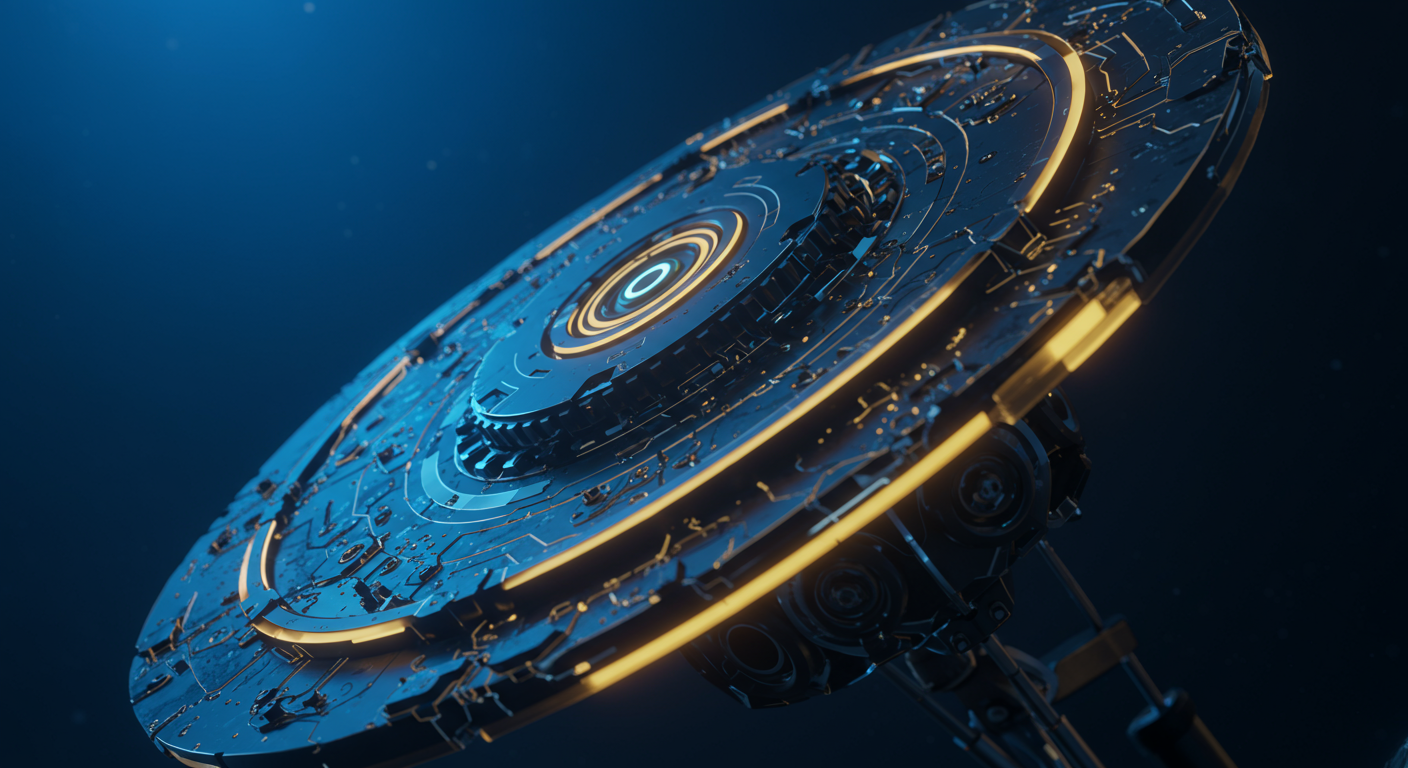
The automation potential of Physical AI raises concerns about job displacement AI robotics.
- While AI may create new jobs, these opportunities may not be accessible to those displaced by automation.
- Proactive measures such as retraining programs, skills development initiatives, and social safety nets are necessary to mitigate the negative impacts on the workforce.
Building the Future: The Skills and Technologies Needed to Thrive
The convergence of robotics, materials science, and AI promises a future brimming with intelligent systems, but realizing this potential hinges on cultivating the right expertise and fostering collaboration.
Interdisciplinary Education is Key
We need a new generation of thinkers who aren’t confined to traditional academic silos.
- Curriculum Needs a Revamp: Think less rote memorization, more hands-on experience blending robotics, materials, and AI. Imagine designing a robot arm using Design AI Tools, then 3D-printing it from novel, AI-designed materials.
- Physical AI Education: This cross-disciplinary approach allows students to understand the nuances of creating embodied AI systems that interact seamlessly with the physical world.
- This education should also instill ethics around AI
Collaboration and Open Source are Paramount
Innovation thrives in open environments, not closed labs.
- Break Down Barriers: Encourage researchers, engineers, and developers to share knowledge and resources.
- Robotics Materials Science AI Collaboration: Open-source platforms like GitHub enable collaborative development of software and hardware designs, accelerating progress and reducing redundancy.
- > "If I have seen further it is by standing on the shoulders of giants." -- Isaac Newton (a relevant predecessor). Let's not reinvent the wheel, let's build upon each other's work!
Investment is Non-Negotiable
Meaningful advancements demand significant financial backing.
- Funding for Physical AI Research: Governments and private institutions must prioritize funding for research and development in Physical AI.
- Support Startups: Provide seed funding and mentorship to promising startups pushing the boundaries of what's possible.
- Consider a funding tool like 6figr, an AI-powered financial planning tool.
Lifelong Learning is Essential
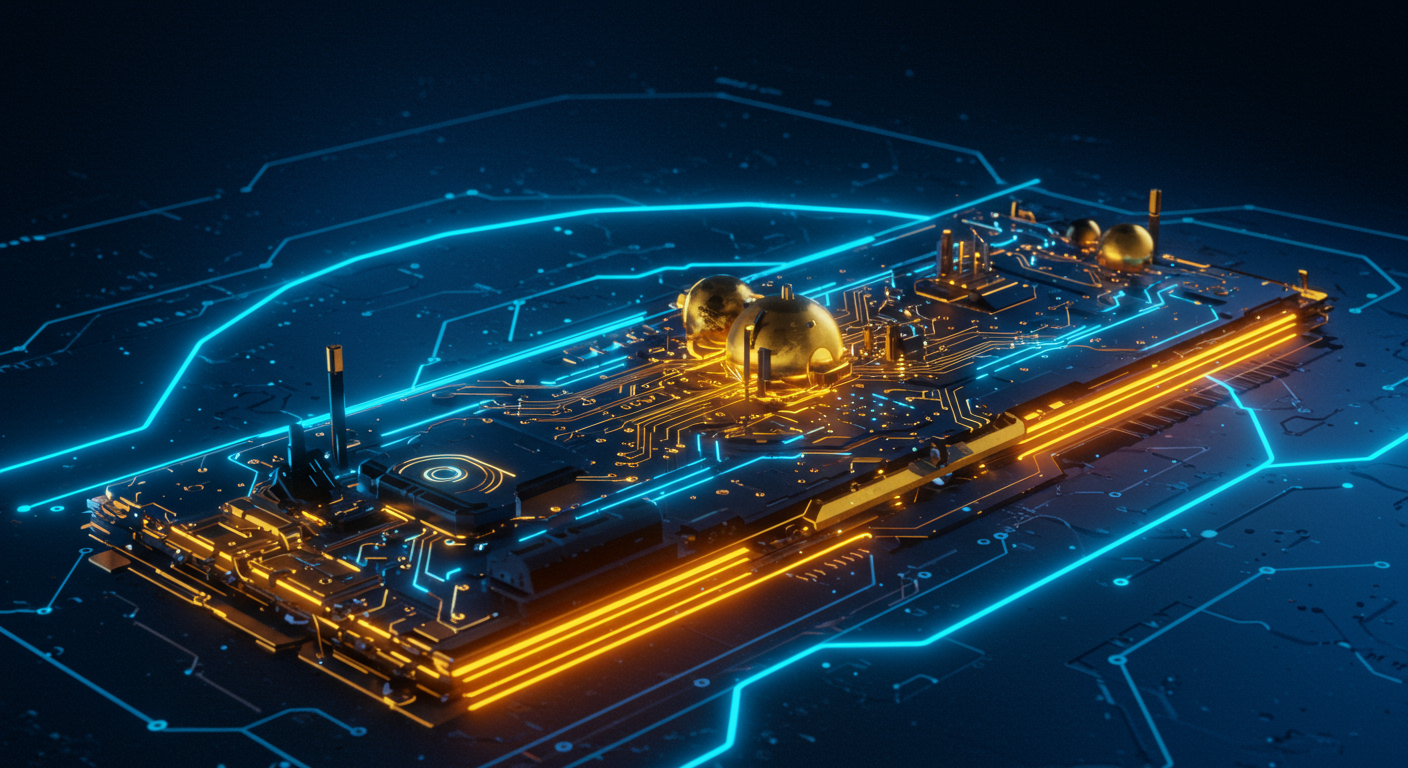
AI evolves at warp speed; what you learn today might be obsolete tomorrow. Embracing continual learning is the only way to stay ahead.
- Skills for Embodied AI: Mastering new tools, techniques, and ethical frameworks is paramount. Resources like the prompt library are crucial for honing these skills.
- The ability to use and evaluate Best AI tools is essential for scientists, software developers and AI enthusiasts.
- Adapt or Be Left Behind: Cultivate a mindset of curiosity and adaptability – the key to thriving in the age of Physical AI.
Physical AI is poised to reshape reality as we know it, but where exactly are we headed?
The Crystal Ball of Robotics
Predicting the future is tricky, even with advanced algorithms, but some future trends in physical AI are becoming clear:
- Smarter Sensors: Expect sensors that are not just more sensitive, but also better at interpreting complex environmental cues. Imagine materials that “feel” pressure, temperature, and even chemical composition with human-like nuance.
- Adaptive Materials: Self-healing plastics, shape-shifting alloys, and responsive textiles will allow robots to adapt to changing conditions in real time.
- AI-Driven Design: Algorithms will increasingly drive the design of new materials and robotic structures, optimizing for performance, efficiency, and sustainability. You can already see this with AI-powered Design AI Tools.
The Rise of Personalized Robots
The dream of personalized AI robots tailored to individual needs is closer than ever.
Think of assistive robots that adapt to a user's physical limitations, or educational bots that adjust their teaching style based on a student’s learning pace.
These won't just be programmable machines; they'll be adaptive companions learning and evolving over time. Check out existing AI Tools for Educators to see what's possible now!
Challenges on the Horizon
Despite the hype, challenges of embodied AI remain:
- Power Consumption: Running sophisticated AI requires significant energy. Developing energy-efficient hardware and algorithms is crucial.
- Computational Resources: Complex AI models demand powerful processing. Edge computing and distributed AI architectures will be essential.
- Material Durability: Robots must withstand real-world conditions. Research into robust and durable materials is paramount.
A Transformative Future
Ultimately, the transformative potential of physical AI is immense. It could revolutionize:
- Manufacturing: Automated factories capable of producing customized goods on demand.
- Healthcare: Personalized medicine and robotic surgery with unparalleled precision.
- Exploration: Robots capable of navigating extreme environments, unlocking new scientific discoveries.
Keywords
Physical AI, Embodied AI, Robotics, Material Science, Artificial Intelligence, AI Robotics Synergy, AI Driven Material Design, Ethical AI, Soft Robotics, Self-Healing Materials, AI Applications, AI in Healthcare, AI in Manufacturing, AI in Agriculture
Hashtags
#PhysicalAI #EmbodiedAI #AIRobotics #MaterialScience #AIInnovation
Recommended AI tools
ChatGPT
Conversational AI
AI research, productivity, and conversation—smarter thinking, deeper insights.
Sora
Video Generation
Create stunning, realistic videos and audio from text, images, or video—remix and collaborate with Sora, OpenAI’s advanced generative video app.
Google Gemini
Conversational AI
Your everyday Google AI assistant for creativity, research, and productivity
Perplexity
Search & Discovery
Clear answers from reliable sources, powered by AI.
DeepSeek
Conversational AI
Efficient open-weight AI models for advanced reasoning and research
Freepik AI Image Generator
Image Generation
Generate on-brand AI images from text, sketches, or photos—fast, realistic, and ready for commercial use.
About the Author

Written by
Dr. William Bobos
Dr. William Bobos (known as 'Dr. Bob') is a long-time AI expert focused on practical evaluations of AI tools and frameworks. He frequently tests new releases, reads academic papers, and tracks industry news to translate breakthroughs into real-world use. At Best AI Tools, he curates clear, actionable insights for builders, researchers, and decision-makers.
More from Dr.